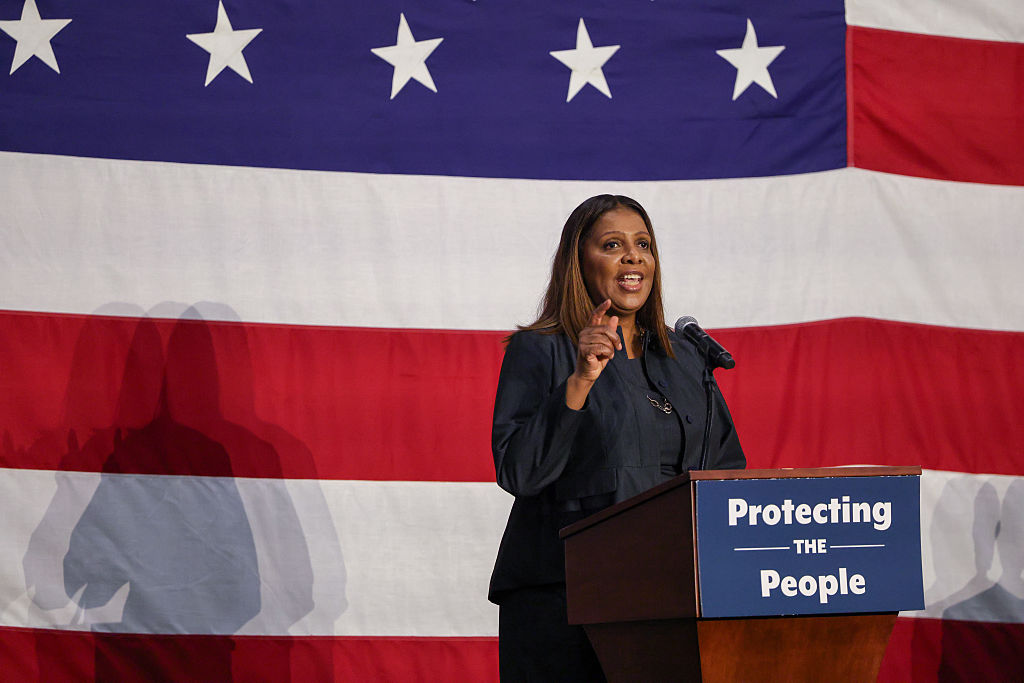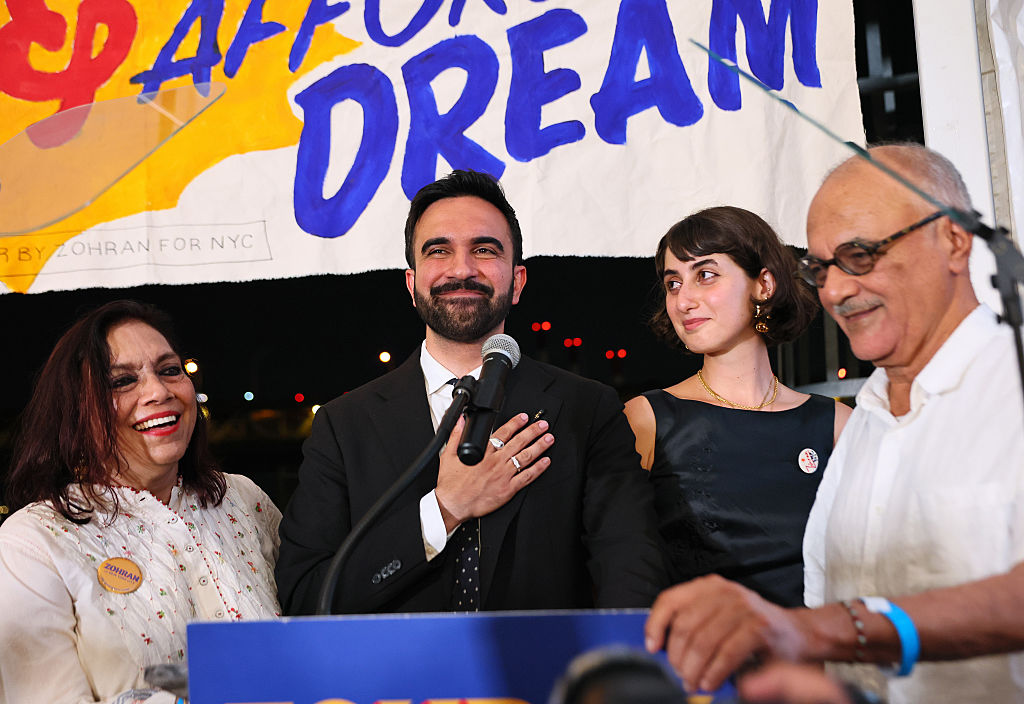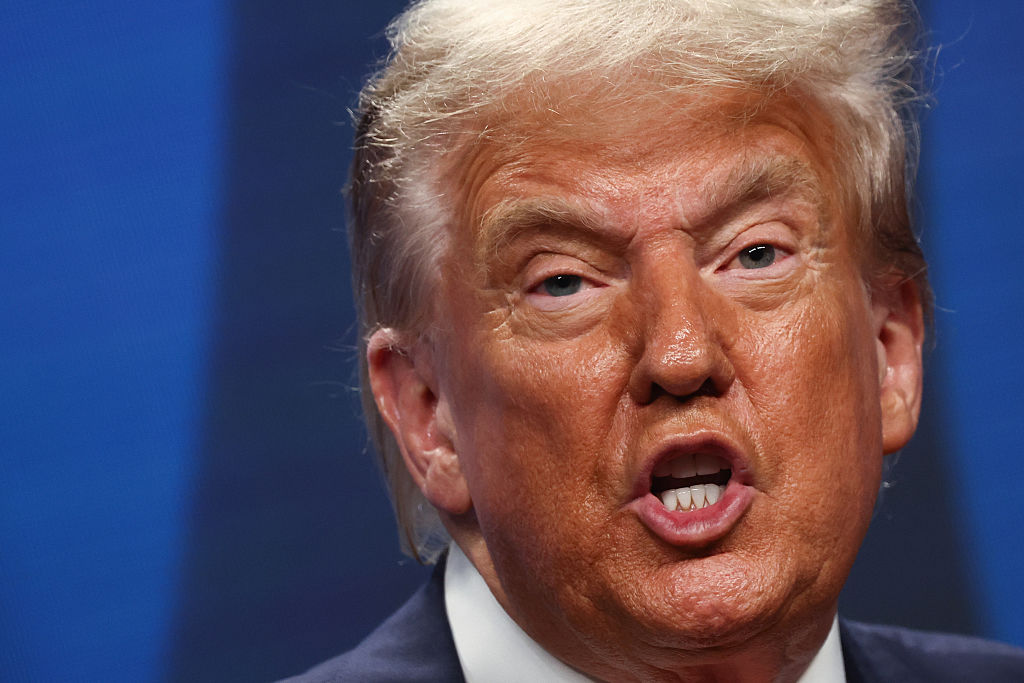Obama Faces Pressure To Keep Promises Within Short Timeframe
WASHINGTON — President Barack Obama’s intense juggling of domestic issues reflects all the realities he faces at once: a vast agenda, a smaller window for results this year and a need to keep promises to constituencies that will have a huge say in the fall congressional elections.
Obama is in the heart of a period in which he has pledged to do everything he can to make the case for a health overhaul. This time-consuming blitz, he hopes, will end in a final vote in Congress this month. That’s on top of his commitment to make jobs his top priority.
Text continues after gallery …
Yet his agenda this week alone — with immigration and energy near the top — signals he is trying to move on other matters affecting most every American. The coming months likely amount to his best shot to pass the heavy legislation he wants and that will help drive the midterm elections in November.
RELATED: Obama Renews U.S. Commitment To Haiti’s Recovery
At the moment, his health care plan is the chief concern. Obama made two outside-of-Washington campaign stops for it this week and plans another in Ohio on Monday. And he just delayed a trip to Asia until later in March to stayed focused on health care as that issue reaches a make-or-break moment.
The rest of Obama’s week, though, has provided a revealing snapshot of his balancing act.
A trade speech took precedence Thursday morning. Then he devoted coveted time to lawmakers and activists involved in immigration reform, a far-reaching and sensitive issue that rose and crashed in the second term of President George W. Bush. Friday he meets with his national security team to assess the war in Afghanistan and Pakistan, then assembles his science and technology advisers.
RELATED: Obama Donates Nobel Peace Prize Money To Charities
Earlier this week, Obama had 14 senators of both parties to the White House to try to build support for stalled climate and energy legislation. Throw in that twice in recent days Obama promoted his education agenda of boosting standards and graduation rates, with federal money as leverage.
The president is also invested in pushing through an overhaul of the rules governing Wall Street. A bipartisan effort on that front appeared to break down Thursday, but the White House hopes that will change as the legislation advances, still optimistic that financial reform will get done this year.
“There are lawmakers who care deeply about these other issues. There are constituency groups. There are substantive policy reasons for pursuing them,” said Thomas Mann, a congressional scholar at the Brookings Institution. “A president doesn’t have time to deal with matters just one at a time.”
Obama has a key edge in setting the agenda: public approval. His job-performance rating is holding mainly steady at 53 percent, while a new Associated Press-GfK poll finds that fewer people approve of Congress — a mere 22 percent — than at any point in Obama’s presidency.
Yet polls don’t change people’s lives. Results do. And ultimately, the search for results is what drives how Obama spends his time.
A closer look at the factors:
— The agenda. Obama is still early in his presidency and trying to use his clout on all the big items he promised. The massive economic stimulus plan came first, but health care, energy and global-warming legislation, further jobs bills, a financial regulation overhaul and immigration all remain. Obama is trying to push that agenda around the rush of other events — from terrorism threats to natural disasters — that can demand his time.
— The calendar. The realistic window for getting major legislation passed in this election year at best runs only until August, when Congress takes its summer break before the final, frantic weeks before Election Day. So Obama must do overlapping legislative work on matters nearing an end, like health care, and ones needing much work, like immigration.
— The bully pulpit. Obama has little say over when Congress does its business, as evidenced best by the health care debate, which in Obama’s vision was supposed to be finished last year. He can, however, control what issues get public attention by scheduling events designed to drive the debate.
— The election. Obama isn’t on the ballot in November, but in a lot of ways, his presidency is. To help stem the expected loss of Democratic seats in the House and Senate in November, Obama needs to show results, demonstrating that both he and the candidates from his party can use their power to lead.
— The coalitions. Obama appears clearly headed toward a Democrats-only health care bill, if he is able to get it. But he knows he must have Republican support to get comprehensive energy and immigration reform passed. His meetings this week on both topics were designed largely to foster that kind of backing.
— The quiet work. Obama gets scores of briefings and holds domestic meetings that never even make it on his public schedule. So, in one sense, announcing an event on immigration can give an outsized, all-of-a-sudden importance to a matter he has been trying to finesse for months. But it can also signal to key groups and the nation at large that he is working on several issues at once and that he takes them all seriously, which can play to the White House’s advantage.
— The constituents. People mainly want jobs and an economy that restores the value of their homes and bank accounts. There are plenty of other issues though that matter to groups such as the Congressional Black Caucus and the Congressional Hispanic Caucus, both of which met with Obama on Thursday. Obama must pay some heed to the concerns of those who elected him: 95 percent of black voters supported him in 2008; 67 percent of Hispanic voters did the same.
White House press secretary Robert Gibbs said Obama doesn’t have time to schedule events that, on the surface, might be seen as a political response to those who helped get him his job.
“Anytime you do these meetings, you’re going to be judged on whether you can accomplish anything out of them,” Gibbs said. “So I think doing them just to say you’re doing them, in the end, doesn’t usually work.”















